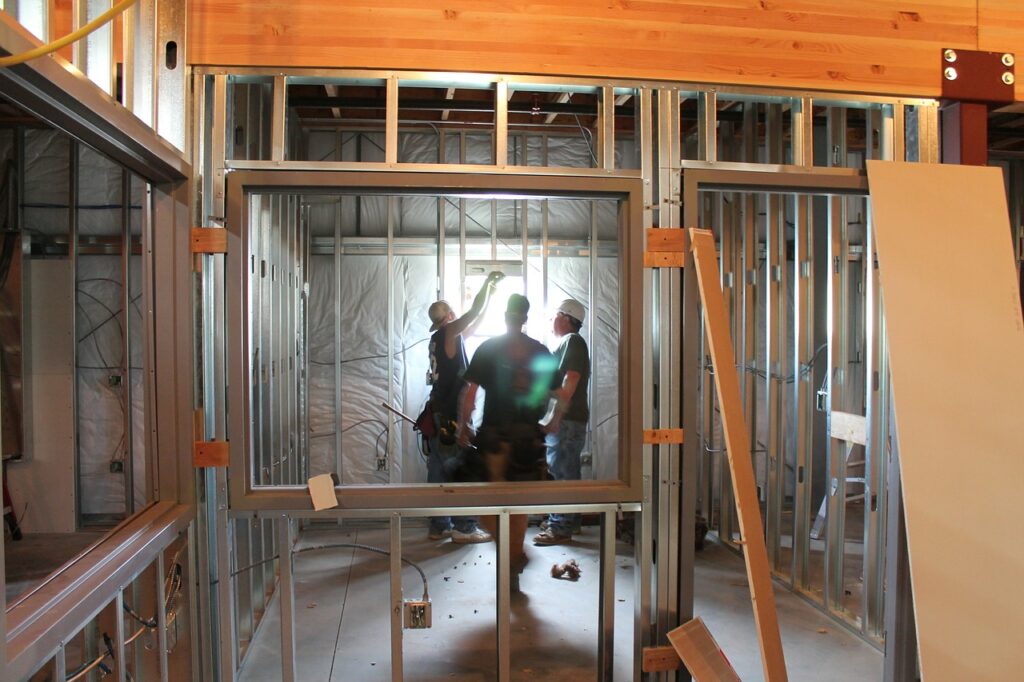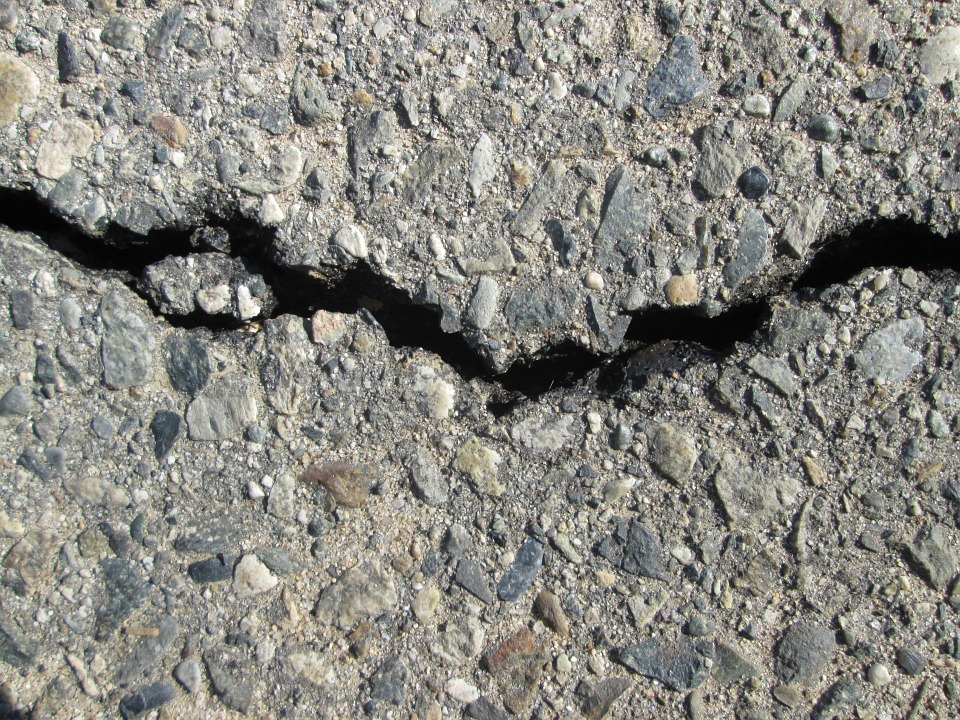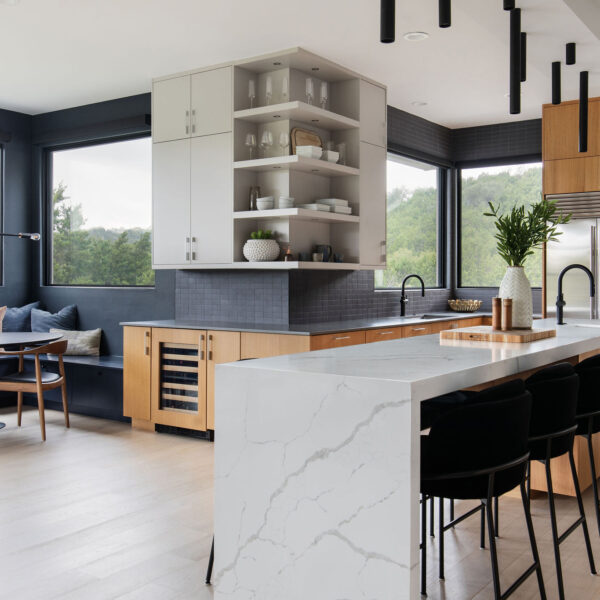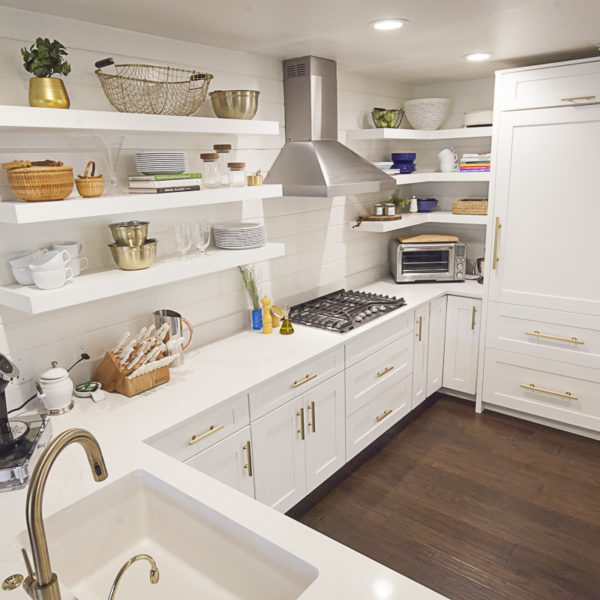Written by Douglas Briggs
When doing renovations on your property, there are two categories of renovations you can do:
cosmetic upgrades which improve the appearance of the home versus upgrades that enhance the property’s functions.
Cosmetic renovations have a “wow” effect and they are more popular because visitors can easily
see the changes. Functional upgrades are not nearly as visible but essential.
Cosmetic upgrades modify the home’s style, but functional upgrades address shortcomings that
make the home more useful. Examples of cosmetic improvements include “face value” projects,
such painting the walls, changing cabinets, installing a new shower enclosure, and upgrading the
kitchen countertop. These changes improve the home’s appeal and value.

Conversely, changes like tearing-down/replacing walls, or adding a room/bathroom/deck, truly
expand your home’s functionality. But the most important functional improvement you can make
to your home is to renovate its foundation.
The long-term enjoyment of all other remodeling projects depends on the state of the foundation.
This is because your home’s foundation determines its structural integrity. If the foundation of a house is moving, cracked or bent, it won’t matter what other changes you make to the home. The out-of-place foundation will wipe out the impact of the project and depress the resale value of the home.
This is because the home’s foundation is responsible for holding up and holding together every
part of the building that is above the ground. It bears the load of the walls, the floors and the roof
of the property, and determines their long-term condition. Keeping the home’s foundation in good shape is important because it will help it retain its
function as:
- The anchor that keeps the house from breaking apart or moved by the forces of nature like floods, wind, and frost heave.
- A stabilizer that provides a level surface for those aspects of the building that are above ground level.
- A barrier that prevents ground moisture from rising into the home. If this happens, it would make the walls and floors damp and destroy insulation, carpets, flooring, and plaster.
To really improve the appearance, functionality, and resale value of your home, pay attention to
the foundation. Before you carry out renovations on the house, ensure that its foundation is in
good condition. Or you could be wasting money on projects that turn out to be futile in the end.
Renovating your home’s foundations ahead of other remodeling projects makes sense because it
delivers long-term value and is cost-effective. What are the signs when a home’s foundation needs repair?
Common causes and signs of foundation failure:
Foundation problems are most commonly caused by:
- Hydrostatic pressure; when water enters the foundations and exerts pressure on it.
- Invasive tree roots that lift, crack, shift, or depress the foundation.
- The soil beneath the home experiencing changes that alter its shape.
- Badly-maintained plumbing or HVAC systems which leaks water into the foundation.
- Poor construction that leads to the structural instability of the foundation.
Regardless of the cause of foundation failure, the following are the signs that accompany the
problem. If you notice any of these signs in your home, your foundations need urgent attention.
- Foundation heaving: In areas with expansive clay soil, when it rains, the soil beneath the home can absorb water and swell. This increase in soil volume causes the soil to press against the concrete floor slab and push it upwards.
- Foundation settling: This is the opposite effect of heaving. Here the soil shrinks during the dry season and the reduction in volume causes the foundation to sink into the ground. Settling may also be caused by poorly compacted soil and plumbing leaks.
- Cracks and fractures in the foundation: These may be gaping fissures or small hairline cracks. Any crack in the foundation is a sign of failure or impending failure. The nature of the crack can be an indication of the source of the problem. Vertical cracks are usually created by a settling foundation.

When a home’s foundation is heaving, settling, or sliding, the following will often start to occur
in the home:
- Floors will appear out of level. Every time water spills on the floor, it flows in a specific direction. This usually happens if the foundation is a concrete slab.
- Floors sagging, dipping, or bowing. This occurs more often with homes that have pier and beam foundations.
- Gaps between cabinets and walls. This starts off as a tiny space between the wall and cabinet, but over time the gap increases and becomes very noticeable.
- Doors and windows that stick. They are jammed and won’t open or close but require a lot of force to operate.
- Diagonal cracks that are visible around door and window openings.
If you notice any of these problems in your home, your foundation is in urgent need of repair.
Before you do any form of renovation to your property, it is recommended that you address the
foundation issues first.



Leave a Reply